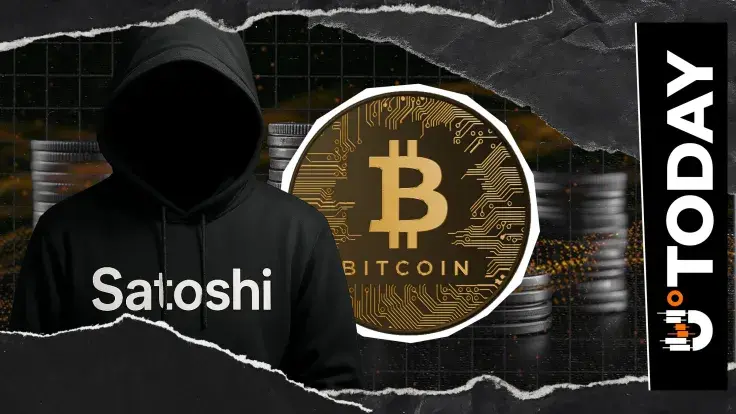
A new theory is gaining traction in crypto circles that suggests that Satoshi Nakamoto, the mysterious creator of Bitcoin, may soon be forced to return — and not by choice. Quantum computing is accelerating, and analysts warn that it could compromise Bitcoin's cryptography sooner than expected, potentially triggering the most significant security shift in crypto history.
As indicated by the Quantum Doom Clock, the estimated moment when processors will reach the qubit density required to decrypt private keys using Shor’s algorithm, is March 8, 2028, at 11:23 a.m. This would effectively break the elliptic-curve encryption that secures all Bitcoin wallets.
Satoshi's original addresses, which hold about 1.096 million BTC, are the focus of the timeline. These coins, valued at about $110 billion, have remained untouched since 2010.
If quantum systems achieve the projected threshold, Satoshi’s fortune would be among the first at risk. A new theory argues that Satoshi (or whoever controls the keys) would need to move the funds before "Q-Day" arrives, which would effectively confirm his survival and identity to the blockchain.
12 months
Popular market observer CrediBULL_Crypto recently highlighted this theory, noting that cybersecurity experts anticipate the window of safety shrinking to as little as 12 months. The discussion has since spread across trader communities, fueling debate about Bitcoin’s readiness for the quantum era.
Such a move would accomplish more than just protecting old coins. It would instantly rewrite Bitcoin’s narrative, reducing a decade of myths to one verifiable on-chain act — signaling that the quantum era of crypto has begun.
 Dan Burgin
Dan Burgin Vladislav Sopov
Vladislav Sopov U.Today Editorial Team
U.Today Editorial Team